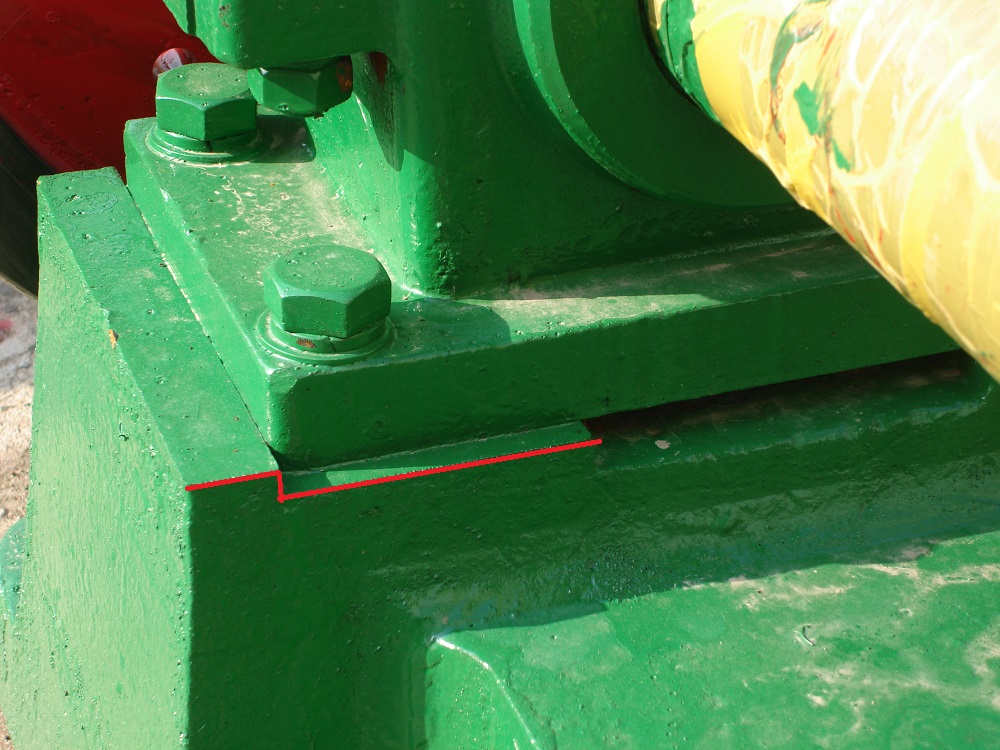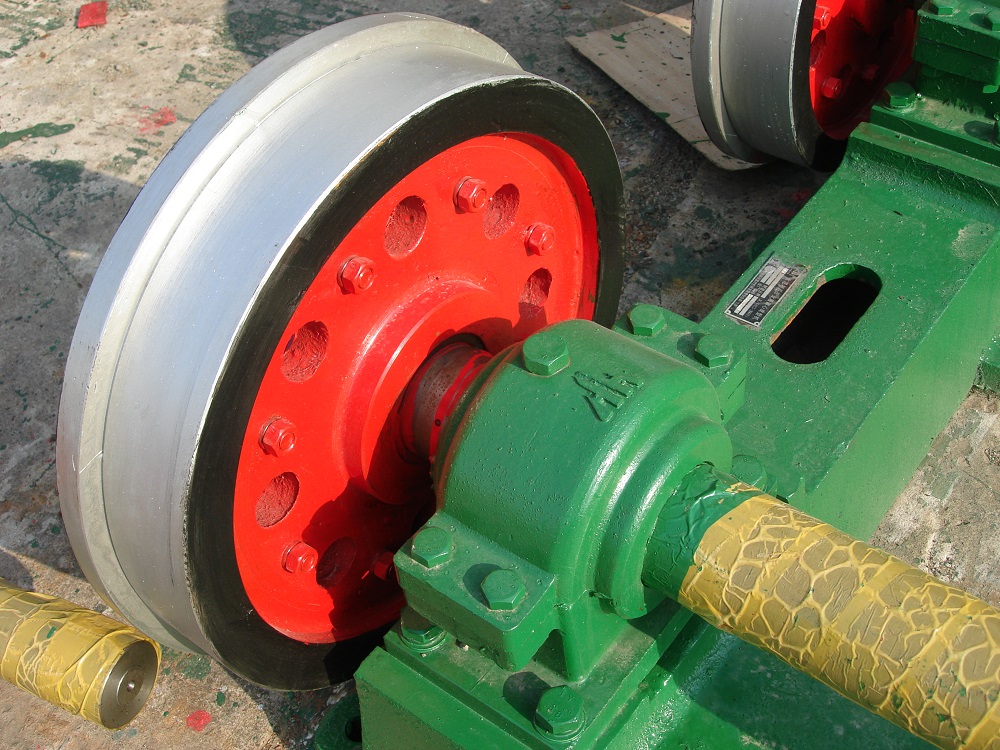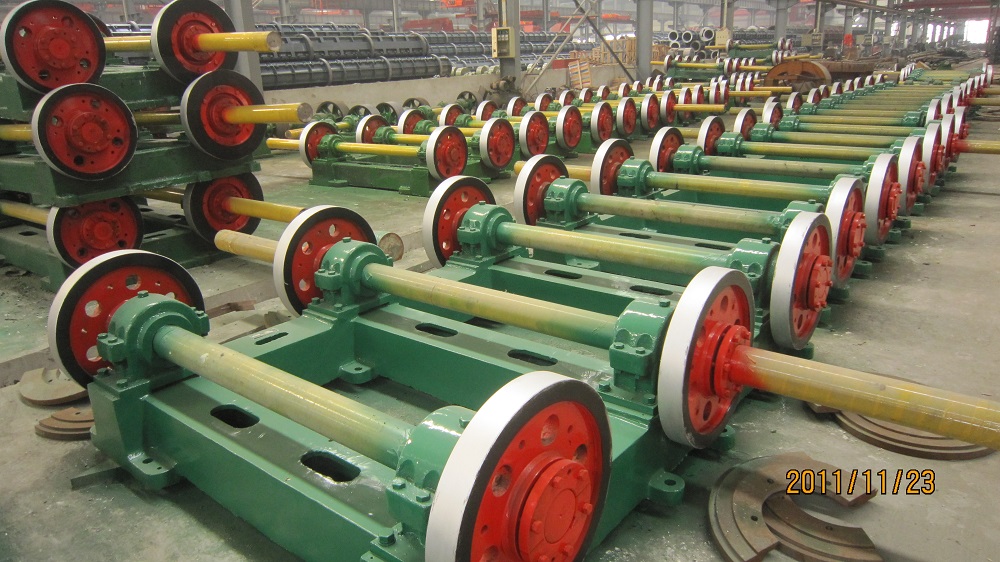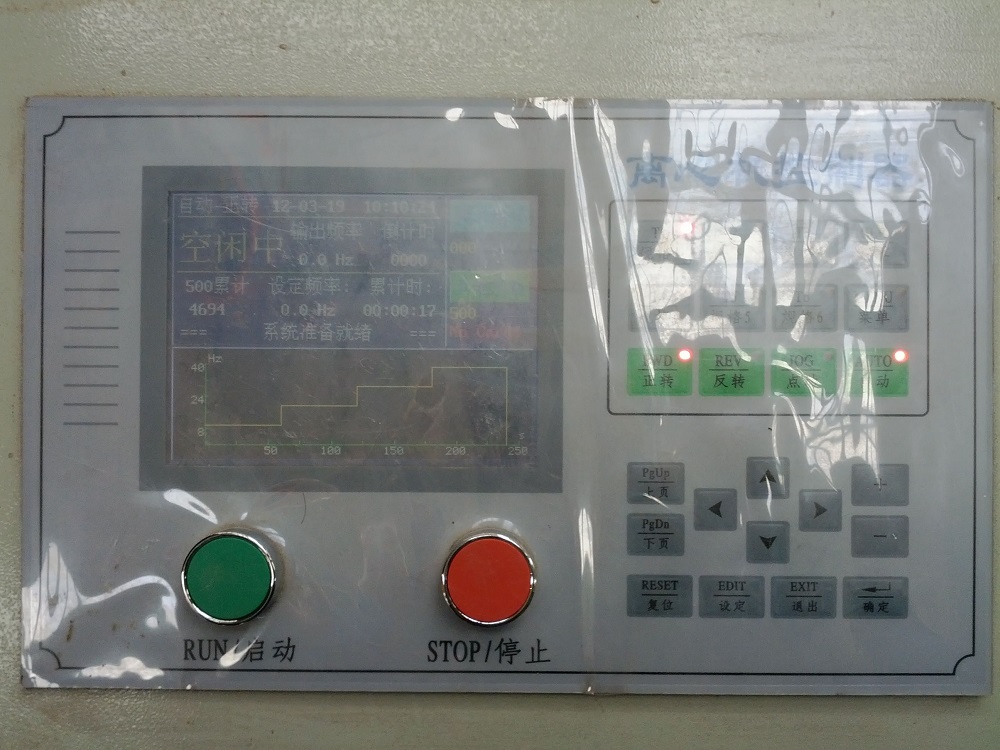The relationship between the rise or fall height of the liquid in the capillary and the capillary force essentially reflects the relationship between capillary force and saturation. It is difficult to express this relationship in mathematical analytic form. It is usually represented graphically. Figure 1 (1) depicts the relationship between the capillary force of a porous medium and the water saturation rate, and is a typical example of heap leaching. In the test, the leachate is gradually occupied by the pores in the ore in the test column, and finally completely saturated. Then, the liquid in the test column is quickly discharged. The pressure measurement during the test was carried out using a pressure membrane device, and the saturation was calculated by measuring the amount of liquid adsorbed and discharged. It is assumed that the amount of liquid in the pores is 95% of the pore volume when fully saturated. When the liquid in the column is discharged or discharged, the liquid quickly flows out, and the discharge amount is gradually reduced, so that no liquid is discharged at the end. At this time, some liquid remains in the column. It is said that the saturation of the material in the column at this time is the residual saturation, which is represented by Sn, and its physical meaning is: the amount of liquid that cannot be driven by gravity in the porous medium.

Figure 1 (1)

Figure 1 (2)
Fig.1 Relationship between capillary force of porous media and water saturation rate (1)
Relationship between ore particle size and residual saturation and liquid elevation (2)
It can be seen from Fig. 1 that: (1) When the liquid in the column is no longer discharged, some of the pores are still occupied by the liquid, and the liquid in the partial pores can only be eliminated by evaporation. (2) During the periodic liquid discharge in the heap leaching, the reciprocating flow of the liquid in the pores is only between the full saturation and the residual saturation. The leaching liquid flow region in Fig. 1 (1) is called the unsaturated region. It is clear that during the heap leaching process, liquid and air alternate in this region. This is the fundamental difference between heap leaching and agitation leaching, in situ leaching, and bubble leaching.
Figure 1 (2) is the result of the RW Bartlett test with copper waste ore. Tests have shown that the material size of the porous medium, and in particular the size of the material, will affect the residual saturation Sn of the porous medium. The larger the particle size of the material, the smaller the Sn; the smaller the particle size of the material, the larger the Sn. The relationship between particle size and residual saturation in porous media is difficult to use mathematical expressions and is generally determined by experimental data mapping. The larger the Sn, the less air there is in the porous medium. When the particle size of a material is small enough to bring its Sn to 95%, the liquid in the entire material is difficult to discharge, and at this time, the air hardly enters the porous medium. In heap leaching operations, such as the high content of ore containing fine ore or fine mud, the Sn of the heap is very large, and it is difficult for air to enter the heap. This is very disadvantageous for heap leaching of gold , copper and uranium . In the case, granulation is necessary.
RC Merritt pointed out in the book "Extraction Metallurgy of Uranium": "Water flow discontinuities are discharged through open pits, which leads to the usual inverse capillary phenomenon." The reverse capillary phenomenon he refers to is: in the process of heap leaching, when the leaching solution is stopped, part of the leaching solution is discharged from the ore pores, that is, the phenomenon represented by the discharge curve in Fig. 1 (1). . It should be pointed out that it can be seen from the Mao management theory that the formulation of this inverse capillary phenomenon is not appropriate. Because it only sees the phenomenon that the pores are sucked into the liquid due to the capillary force, that is, the phenomenon characterized by the wetting curve in Fig. 1(1) is regarded as a capillary phenomenon, and the capillary phenomenon characterized by the discharge curve is regarded as the opposite. a role. In fact, the phenomenon of rise or fall (inhalation or discharge) of the capillary fluid in any porous medium is determined by the capillary force, which is the essence of the capillary force, and is the inseparable unit of the capillary force. Just about it. It is this characteristic of the capillary force that has the theory of the field of unsaturated flow. In the actual work of heap leaching, the discharge curve in Figure 1 (1) is called the characteristic curve. The flow zone of the leaching solution indicated in the figure is called the unsaturated leaching zone. It means the solution sucked in the pores of the ore during each spraying process except for the first spraying. The amount will not exceed the difference between the full saturation of the heap and the residual saturation. The leachate exceeding this difference will not work, and the pumping energy will be wasted; similarly, the amount of leachate discharged from the pores will be stopped when the spray is stopped. It will not exceed this difference. When the liquid content in the ore pores is equivalent to its residual saturation, the amount of liquid in the heap will not decrease unless evaporation is used. Therefore, in the experimental research and production practice of heap leaching, the characteristics of the discharge curve should be utilized as much as possible to determine the intermittent time between the two sprays, and accelerate the diffusion and mass transfer of the substance in the pores.
Concrete Double Wheel Spun Pile Spinning Machine
Double Wheel Concrete Pile Spinning/Centrifugal Machine:
Double Wheel Concrete Pile Spinning/Centrifugal Machine is mainly apply to produce High strength centrifugal technology concrete spun piles of difference diameter and length, Prestressed Reinforced concrete pole(SPC pole) by spinning formed. According to customer's effeciency request, there are Single wheel spinning machine and Double wheel spinning machine at customer's option, it is equipped with a stepless speed-variation motor and a control panel, it works smoothly and its speeder is of wide-range. Its box base is sturdy and durable and easy for installation.

Our Pile Spinning Machine's Advantages:
1. Unique "slot" design, change the screw limit between the bearing support and the base plate with the card slot and bolt limit. Both up and down sides of the spinning machine panel, undersurface and two sides of bearing support go through fine machining. Though the process is complex, it makes it more solid during high-frequency vibration of bearing support and the floor. Repair and replacement also have interchangeability.

2. Connection shaft is whole shaft, to avoid stress concentration brought by shaft diameter changes, resulting in the phenomenon of "shaft-broken".
3. The limit side of the support wheel is removable. It is convenient for users to replace.


4. Frequency-conversion cabinet of spinning machine records process parameter of each pipe and output reports, provides the office computer data communication interface.

Spinning Machine Technical Parameter:
|
Wheel Distance(mm) |
2000 |
|
Central wheel Distance(mm) |
950-1200 |
|
Wheel Diameteri(mm) |
600 |
|
Axle Diameter(mm) |
110-125 |
|
Automatic controller for centrifugal concrete pile machine |
|
We can customize for you. If you have any questions, please contact with us. Welcome you can visit our Factory.For inqury,Please send mail directly to us.
Piling Machine,Concrete Double Wheel Spinning Machine,Double Wheel Centrifugal Spinning Machine,Wheel Centrifugal Spinning Machine
Jiangsu Haiheng Building-Materials Machinery Co.,Ltd , https://www.jshaiheng.com